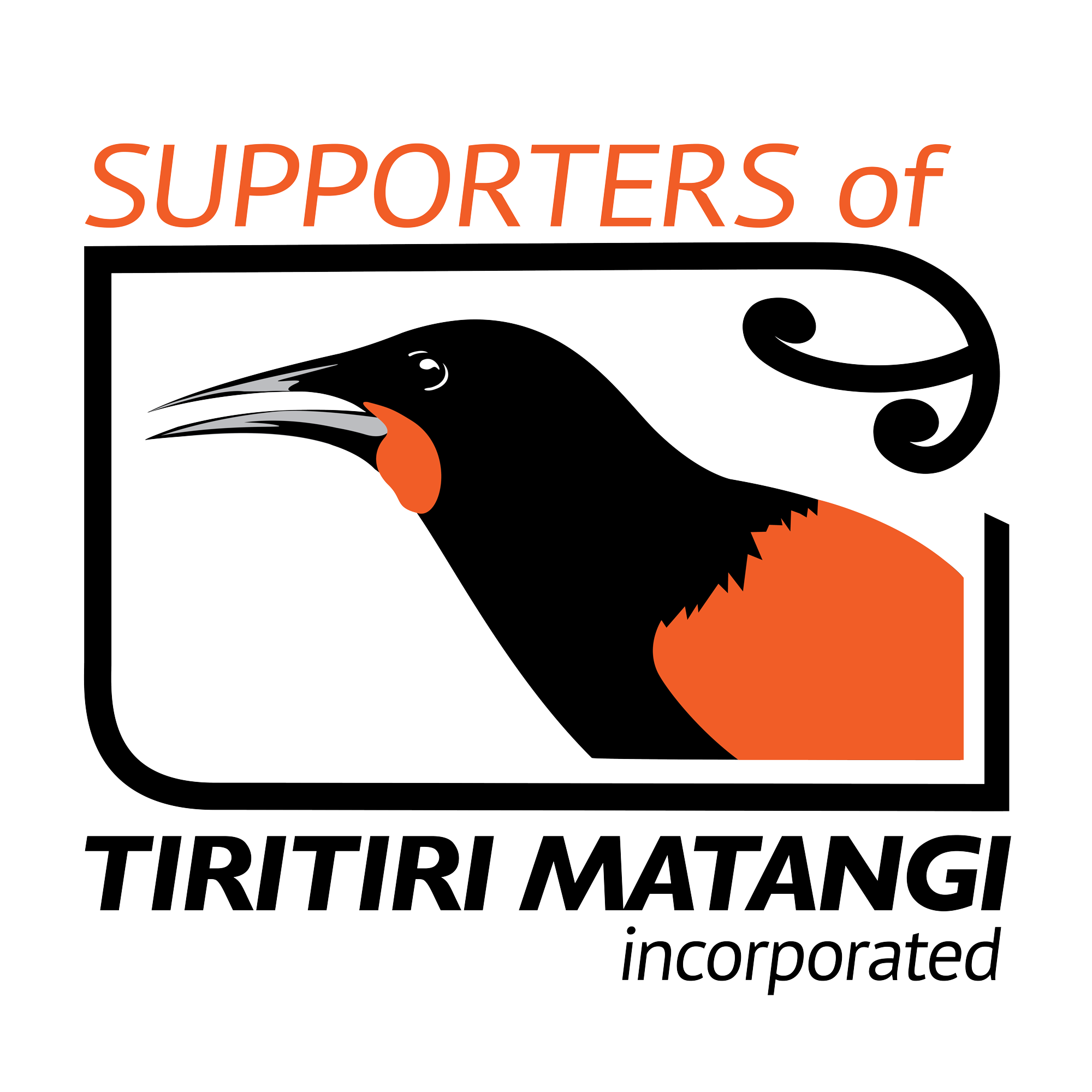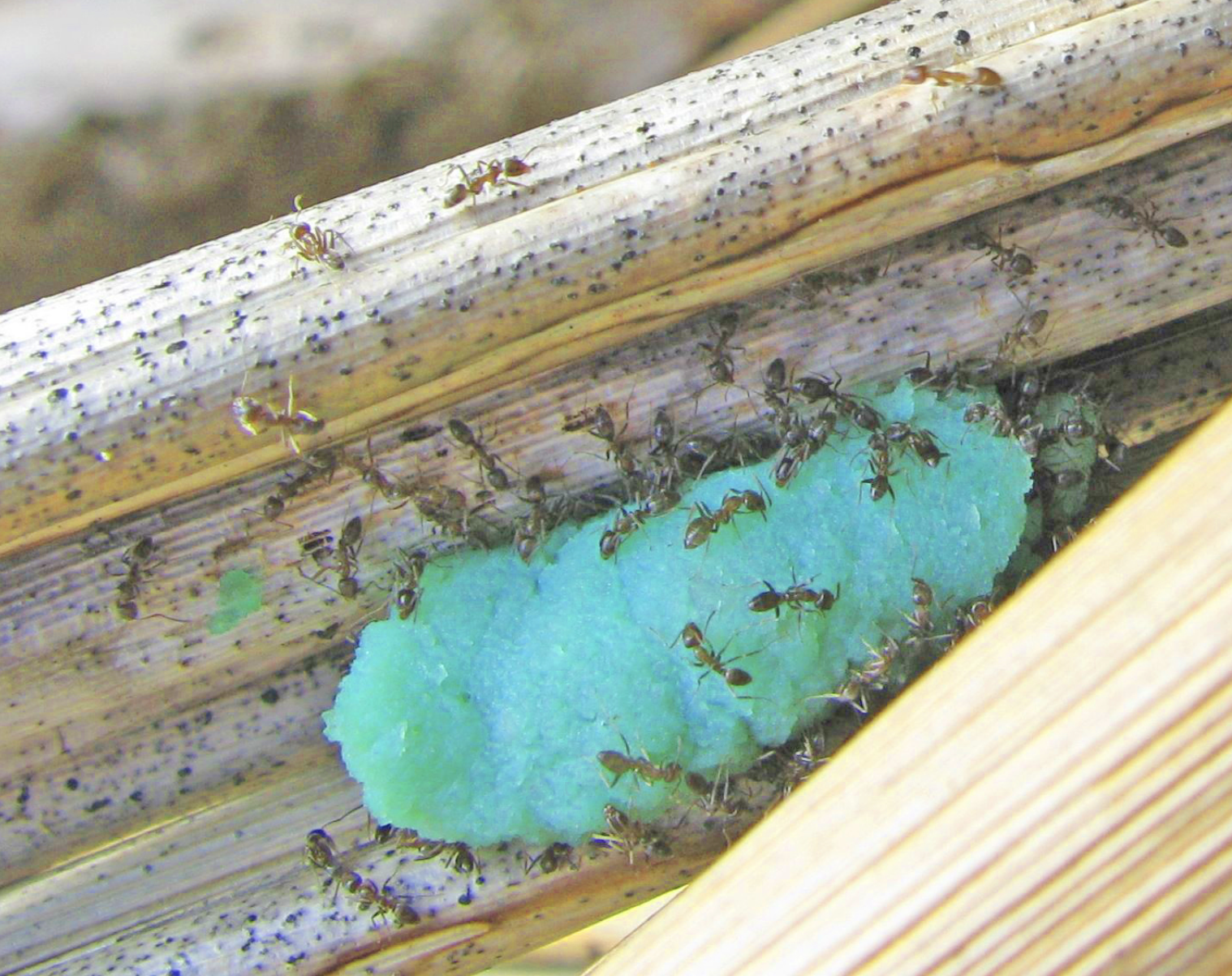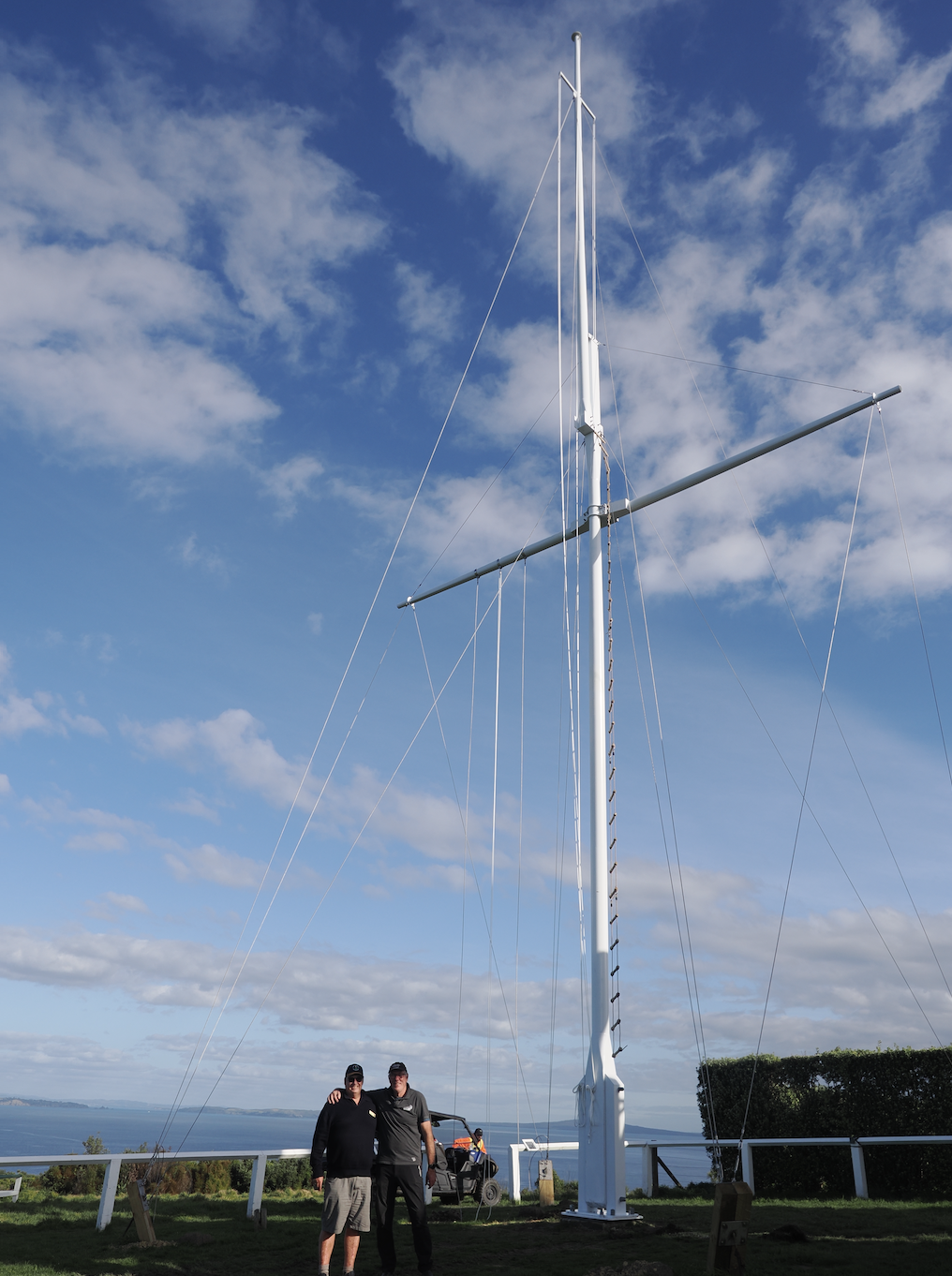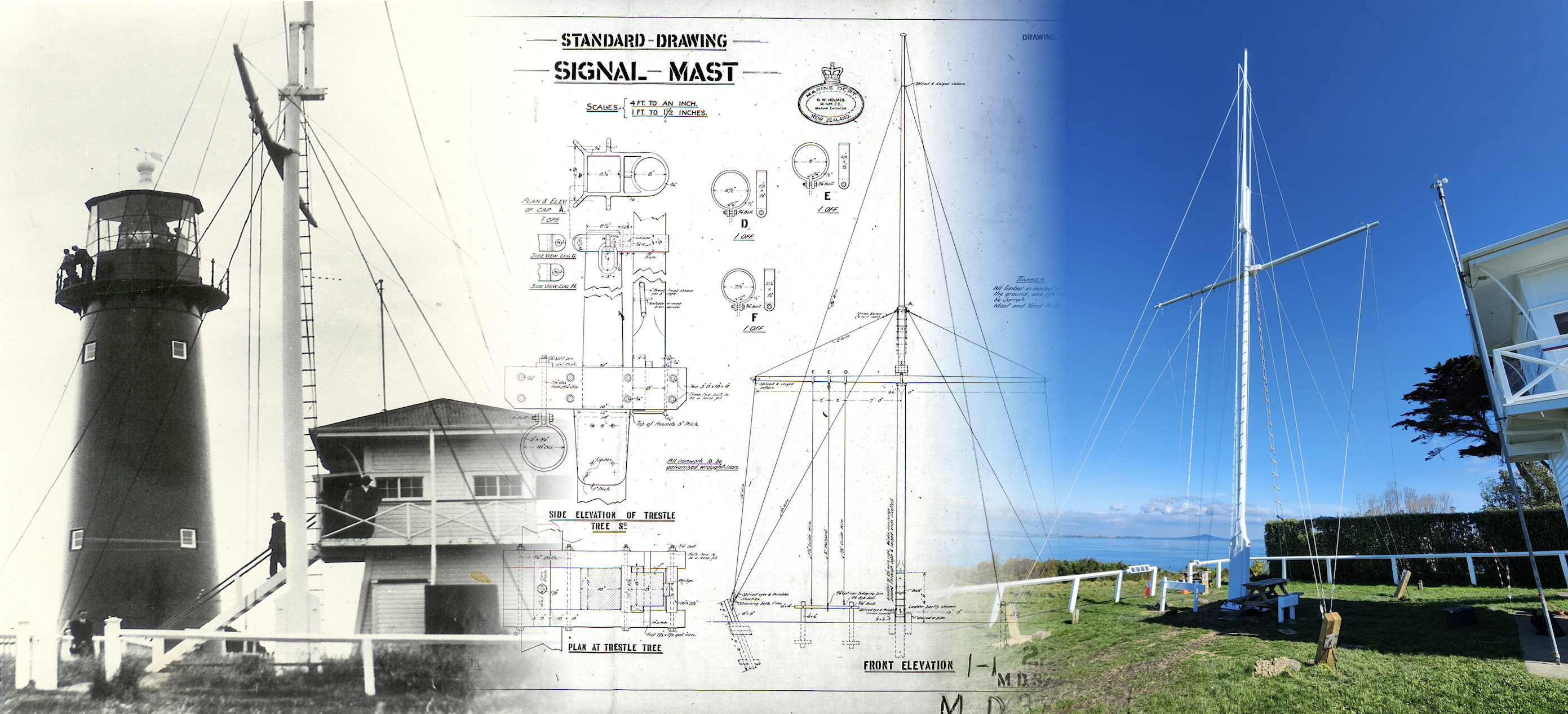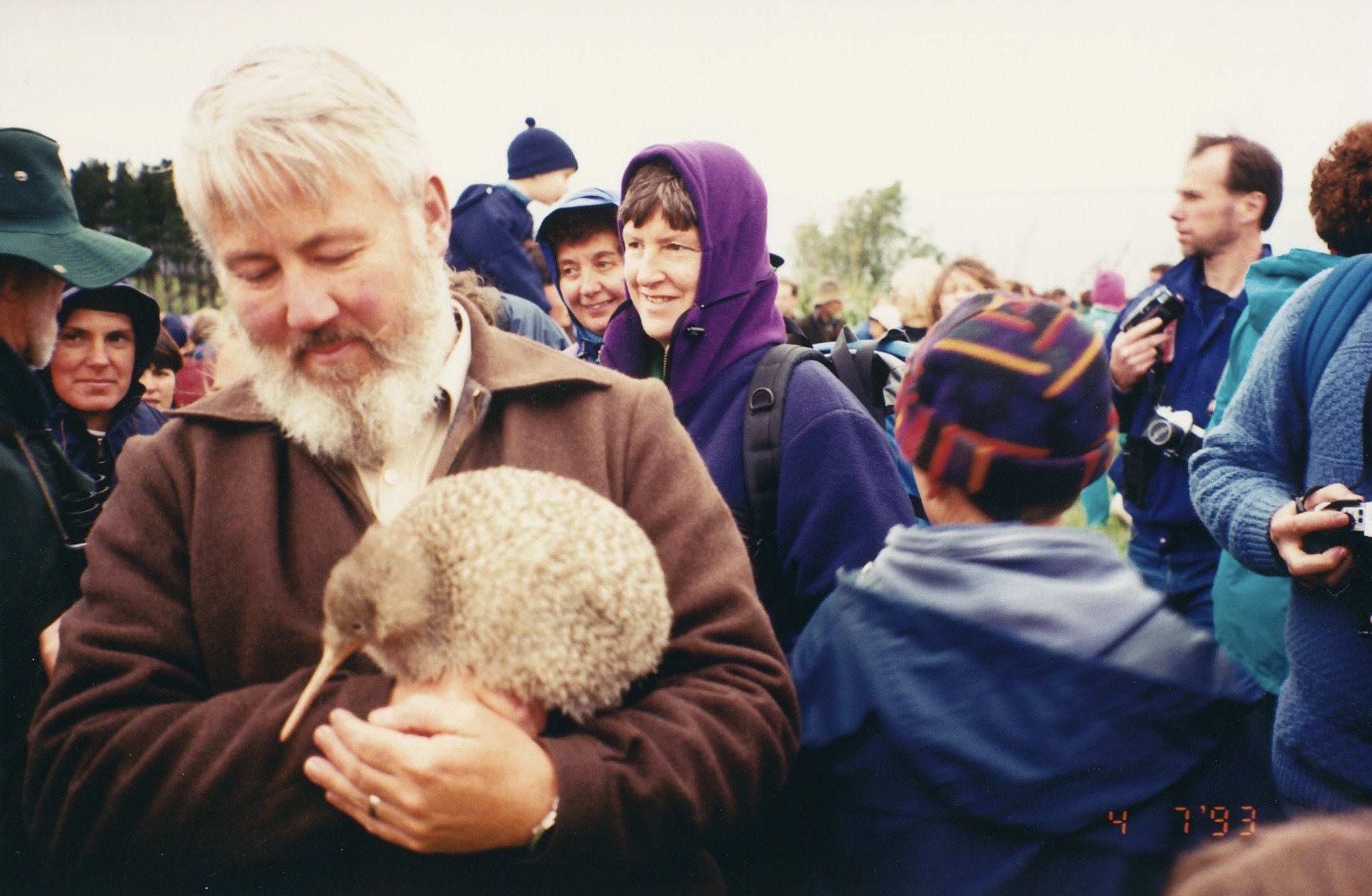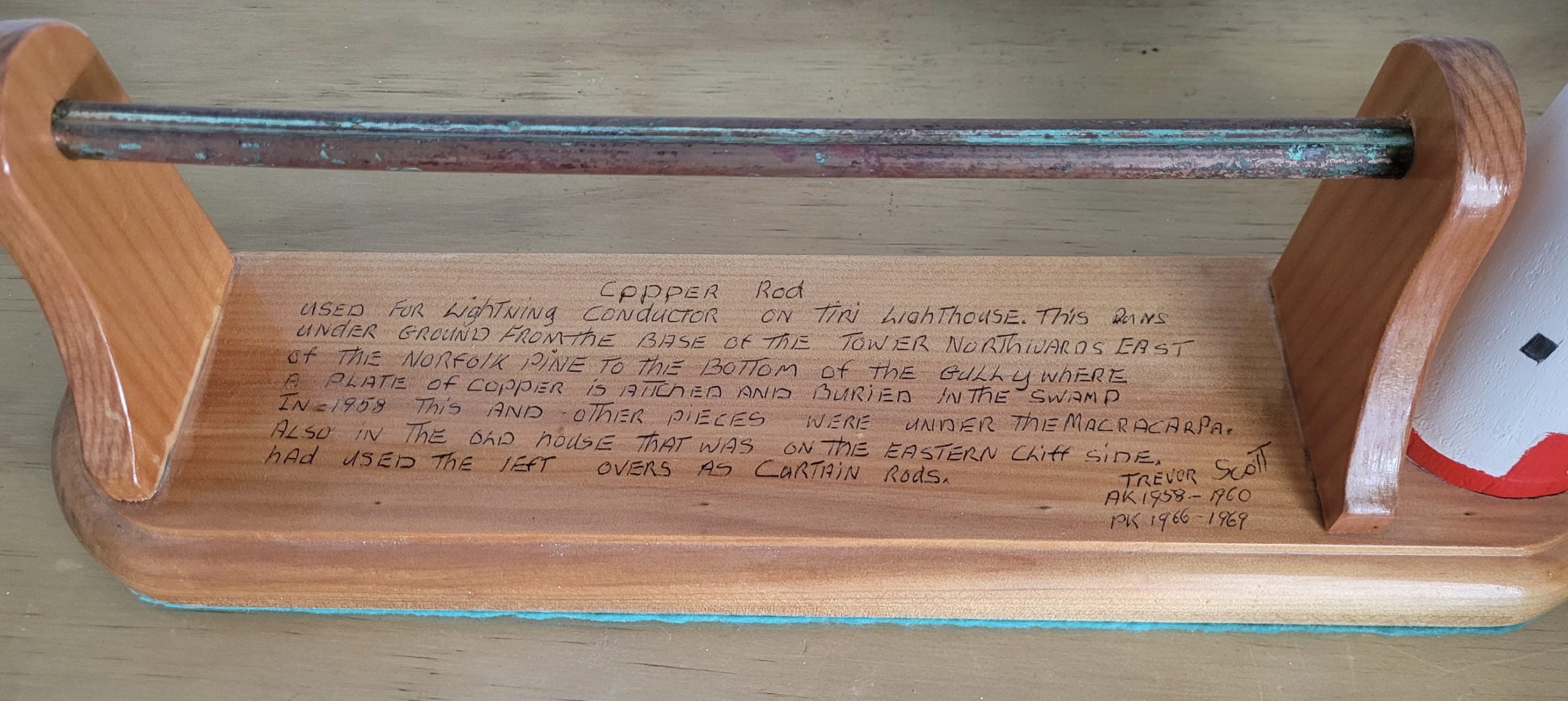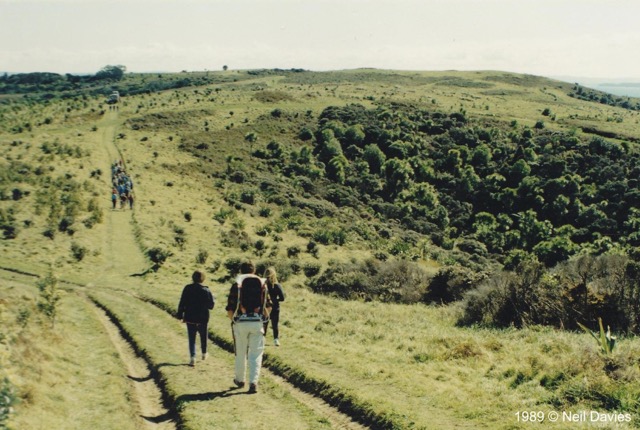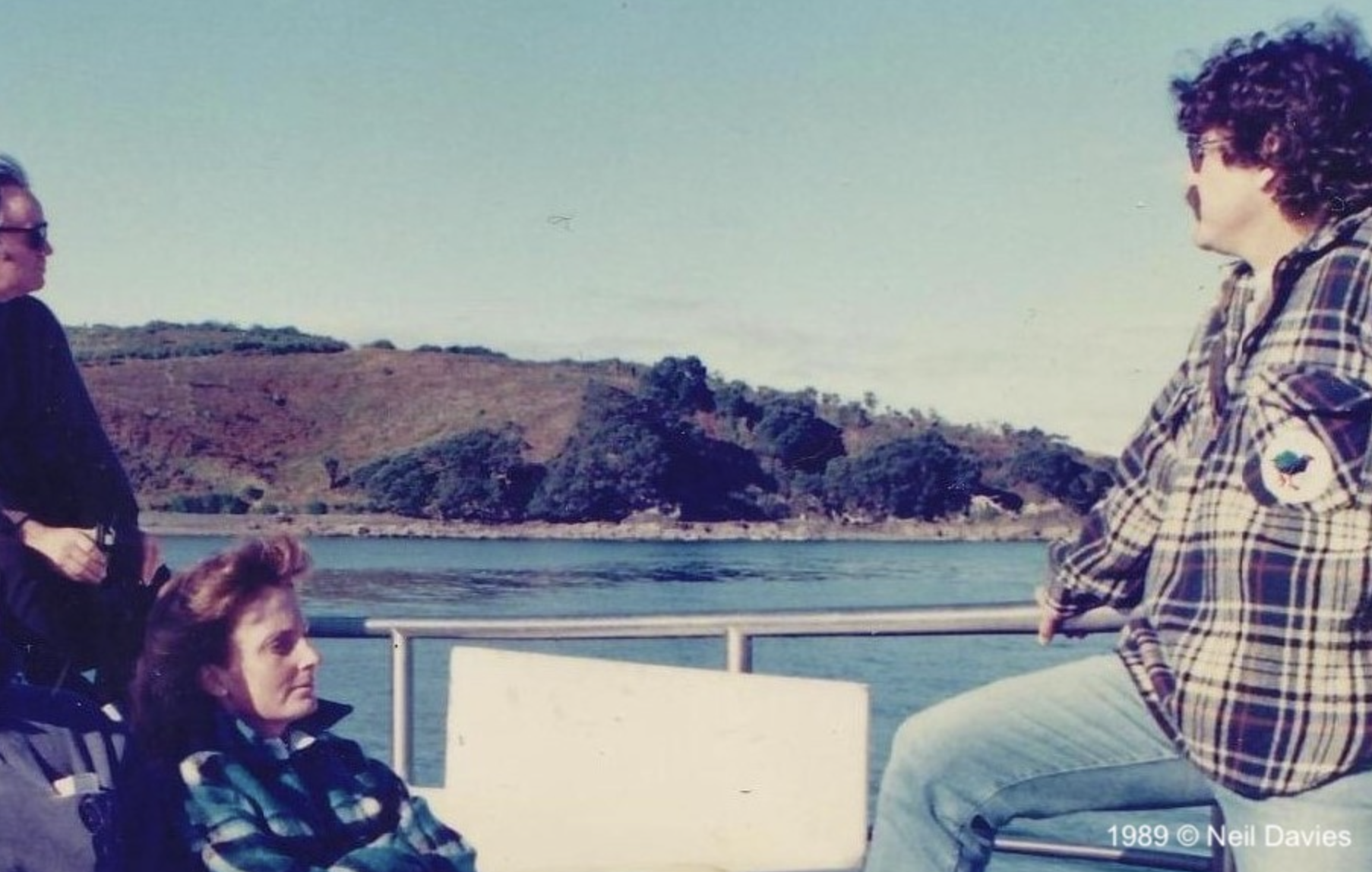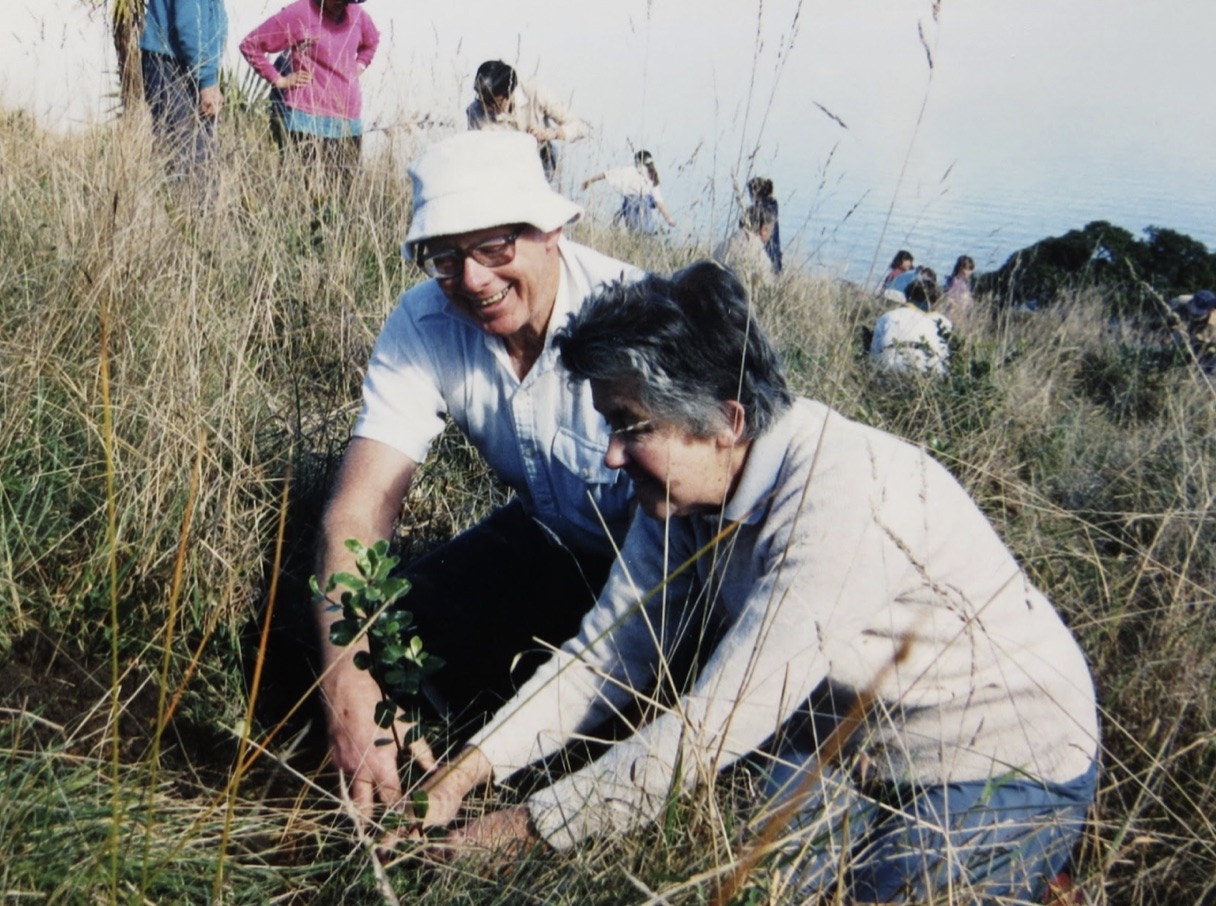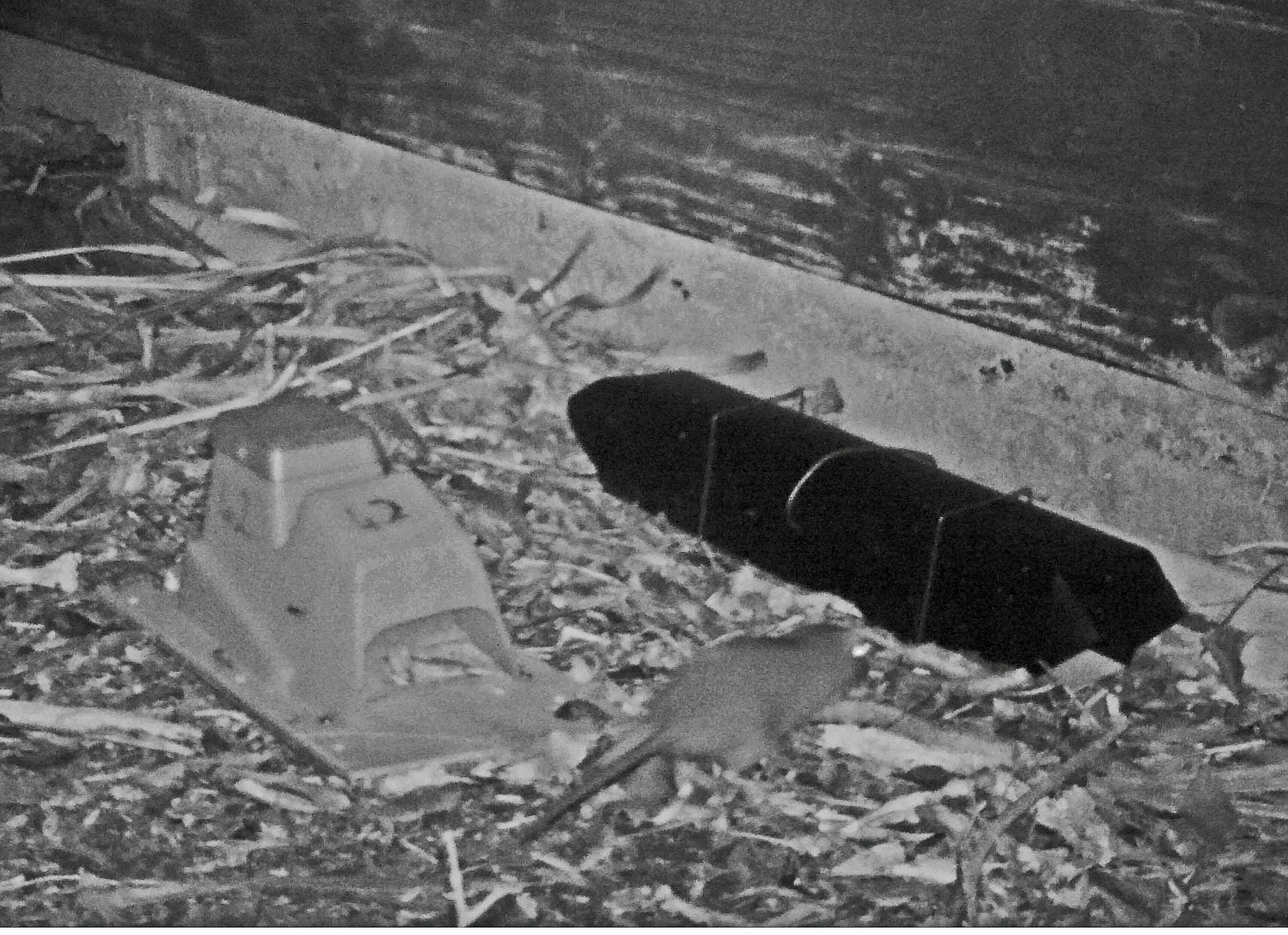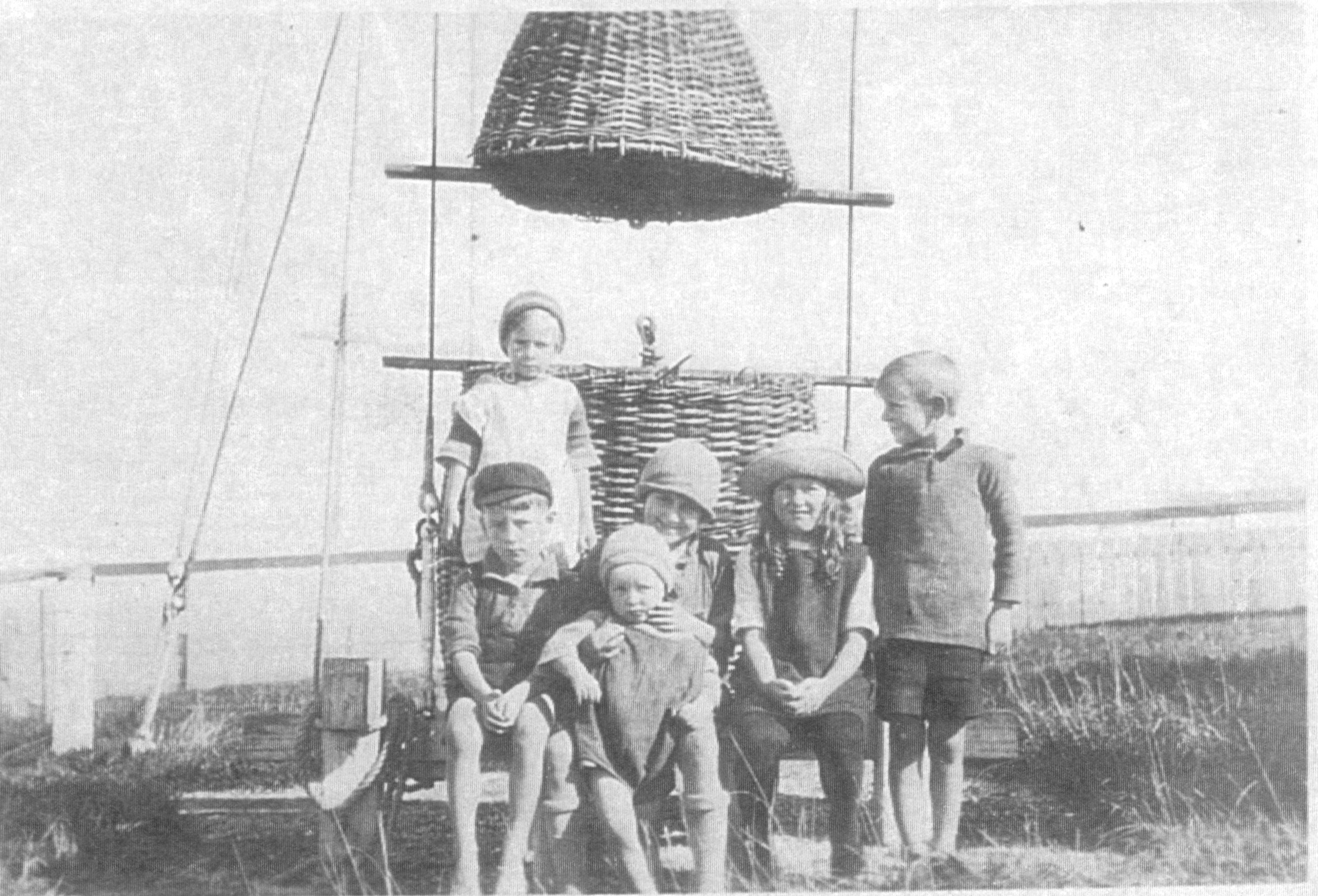Argentine Ants on Tiritiri Matangi
Argentine AntAuthor: Chris Green, Department of ConservationDate: From the Supporters of Tiritiri Matangi Archives, Dawn ChorusHeader photo: Chris GreenSupporters of Tiritiri Matangi Archives, Dawn Chorus, Autumn 2000 Ten years ago a new immigrant species slipped quietly into New Zealand, arriving in Auckland and establishing itself in Onehunga, just prior to the Commonwealth Games in 1990. That immigrant was the Argentine ant (linepithema humile) and initial surveys quickly revealed it to be quiet widespread. It was decided that there would be no welcoming committee dishing out pesticide sprays, or free food laced with insecticide, as has been the scenario when insect pests such as fruit fly or tussock moth arrived. Those entomologists “in the know” however, knew that New Zealand had come of age with this arrival of one of the world’s most invasive pest ant species. The Argentine ant is a native of South America and has been invading overseas countries, including North America, Hawaii, South Africa, and Australia, for more than 50 years. Since its arrival in New Zealand, Argentine ant has spread to many areas in the Auckland Region, established itself in Tauranga and Morrinsville, and has recently been reported from Christchurch, Gisbourne and west of Dargaville. Now it has been found on Tiritiri. Argentine ants are small-two to three…
Tiritiri Matangi Island Signal Mast Reconstruction
Tiritiri Matangi Island Signal Mast ReconstructionAuthor: Carl HaysonDate: Taken from the Dawn Chorus, 135 November 2023Header photo: Geoff BealsThe replica mast has been rebuilt to the exact specifications of the original structure which was erected in the late 19th century. It last existed in the 1940s but, along with all the other signal masts on lighthouse stations around the country, was taken down when manual signalling was no longer required. In the early 2000s, SoTM restored the 1908 watchtower which had fallen into disrepair, and this is now a popular attraction for visitors. The mast was an integral part of the original signal station, and when Ray Walter and Carl Hayson discovered a small section of the old mast in 2003, a plan was conceived to rebuild it.
Its original function was to provide shipping information to the Ports of Auckland in the days before wireless transmitters were available. Signalling was conducted with a combination of flags and woven baskets which were seen by a station on Mt Victoria in Auckland. At 25m tall, the mast is slightly higher than the lighthouse and can easily be seen from the sea.
The kiwis are here
The kiwis are hereFrom the Tiritiri Matangi ArchivesEditor: Zane BurdettBulletin No.14Date: August 1993In fact, since the five pairs of little spotted kiwi arrived, they’ve been here, there and everywhere on Tiritiri – exploring what is now their new home. They arrive on the 4th of July – ‘Kiwi Independence Day’. That day, over 500 people; babies, children, teenagers, adults, young and old, officials, sponsors, scientists, reporters and Yamagata whenua – had waited. They had waited together on a ridge under a great cloudy sky with a cool wind blowing – but the wait was worth it! The was the first public release of the little spotted kiwi. Maybe on this day the number of people in recent history to have seen a living little spotted kiwi in the feather had probably doubled! The kiwis arrive by helicopter at about 3pm accompanied by representatives of Ngtai To a and Te Ottawa, tangata whenua of Kapiti Island, the Minister of Conservation Mr Denis Marshall and DoC staff. They were greeted by representatives of Te Kawerau a Maki, tangata whenua of Tiritiri Matangi. Following speeches by officials and Dell Hood and Mel Galbraith – 4 birds were taken by DoC staff and shown to the gathering. All the birds were taken to their released sites and placed into prepared burrows. The arrival of the little spotted kiwi on Tiritiri was made…
Copper Rod
Copper RodAuthor: Trevor ScottHeader Photo from the archives, pre 1971Date: March 2024Did you know that lighthouses are often struck by lightning? To prevent damage caused by these strikes, lighthouses are equipped with metal poles called lightning rods. These rods are attached to a thick copper wire that runs from the top of the lighthouse down to the ground. When lightning strikes the tower, it enters through the lightning rod and travels down the wire into the ground, minimizing potential damage.
Trevor Scott, who was the lighthouse keeper on Tiritiri Matangi from 1958-1960 and 1966-1969, shared that he remembers seeing the spare left over copper rods used to hang up curtains in the lighthouse keepers house.
Spade brigade
Spade brigadePhoto credits: Neil DaviesIt’s inspiring to think about the planting programme that started in 1984 on the island to help restore the native birdlife habitat. It’s impressive that over 10 years 280,000 trees were planted by volunteers, which included thirty different species of trees and shrubs. These volunteers formed the “spade brigade” and used pointed spades to plant seedlings that had germinated in the island’s nursery. It’s great to see people coming together to preserve the natural environment. Thanks to the vision of the Neil Mitchell and John Craig who thought of the idea and to the efforts of the volunteers.
The Tiritiri Matangi project changed the way conservation was done in New Zealand. Previously, only a select group of privileged scientists were involved in conservation efforts, which mostly took place in remote areas. However, this project paved the way for community-led-conservation, making it possible for everyone to be involved in conservation.
Below are the before and after photos showing the forest growth.
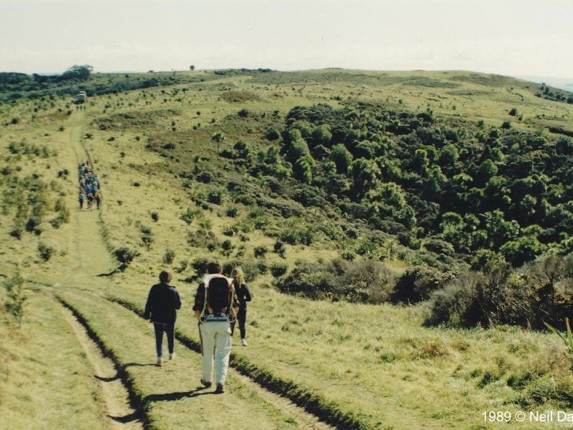
Tiritiri Matangi: a perfect fit for United Nations environment programme
Tiritiri Matangi: a perfect fit for United Nations environment programmeAuthor: Mel Galbraith (From the Dawn Chorus Archives, 130 August 2022)Date: August 2022Ecological restoration on Tiritiri was well ahead of its time. It has taken initiatives such as the sanctuary to encourage a global declaration that is now being internationally recognised, explains Mel Galbraith. Twelve hours after we collectively chorused Auld Lang Syne to welcome in the 1st January 2021, the United Nations launched a “Decade on Ecosystem Restoration” 2021-2030. Not that you would have noticed; there were no fanfares and I doubt if any of the local firework displays were in recognition of this cause. No doubt the global pandemic was occupying the headlines at the time. And, even as we edge back towards a new more stable “norm”, it is still unlikely that the UN initiative will demand much media recognition. Such is the nature of (positive) environmental news. The UN Decade on Ecosystem Restoration 2021-2030 explicitly calls for … Preventing, halting and reversing the degradation of ecosystems worldwide: “The over-arching vision for the UN Decade is a world where – for the health and wellbeing of all life on Earth and that of future generations – the relationship between humans and nature has been restored, where the area of healthy ecosystems is increasing, and where…
How a shortage of rakes led to the creation of an extraordinary environmental legacy
How a shortage of rakes led to the creation of an extraordinary environmental legacyAuthor: Jim Eagles, taken from the Dawn Chorus Bulletin 113Date: May 2018Jim Battersby was first and foremost a Presbyterian minister, having been ordained in 1953 and retired in 1987. In an article written for a church magazine in 2006 he recalled that, ‘Like many of my generation of students, I felt the call to ministry early after leaving secondary school, and so ministry became my whole career. I served 22 years in three parishes, and about 13 years in a hospital chaplaincy.’ Unsurprisingly, when he retired from the ministry, it left a big gap in his life. And, as it happens, about this time the island of Tiritiri Matangi had stopped being farmed and, thanks to the efforts of people like John Craig and Neil Mitchell of Auckland University, was slowly being re-afforested under the supervision of former lighthouse keepers Ray and Barbara Walter. And the Battersbys started to get involved. Asked at one of his talks how he came to get involved, Jim said he thought the fact that he and his wife Barbie had island blood, his people coming from the Chathams and hers from the Isle of Man, made them pre-disposed to like islands. But the immediate reason was that when he was chaplain at Greenlane Hospital ‘a friend who also worked there came to visit us and said she’d been…
History of Wattle Track
History of Wattle TrackAuthor: Ray and Barbara WalterSourced from Dawn Chorus 70, August 2007There seems to be varying commentary on the history of Wattle Valley. Here is the account of this famous walkway.
Wattle Valley formed part of the Lighthouse Keepers cow paddock and was fenced off from the main farming block until the 1970’s. It was not grazed from approx. the 1950’s and so it naturally regenerated in mostly, mānuka, tī kōuka/cabbage tree and Harakeke/flax. Big Wattle Valley was mostly tī kōuka and Wattles.
The wattles are from a Lighthouse Keepers gardens shelter belt. The 1940 aerial photograph shows 6-8 wattles and 2 fig trees at the bottom of the valley. From these few wattles, Big Wattle Valley was soon populated with further wattles. When the planting programme began they were left as they gave a rich source of nectar for korimako/ bellbirds and tūī. This was one of the major sites for students studying korimako.
As the bush has regenerated the wattles, being light-loving plants, have reduced and also the Australian Quail scratched the germinating seedlings.
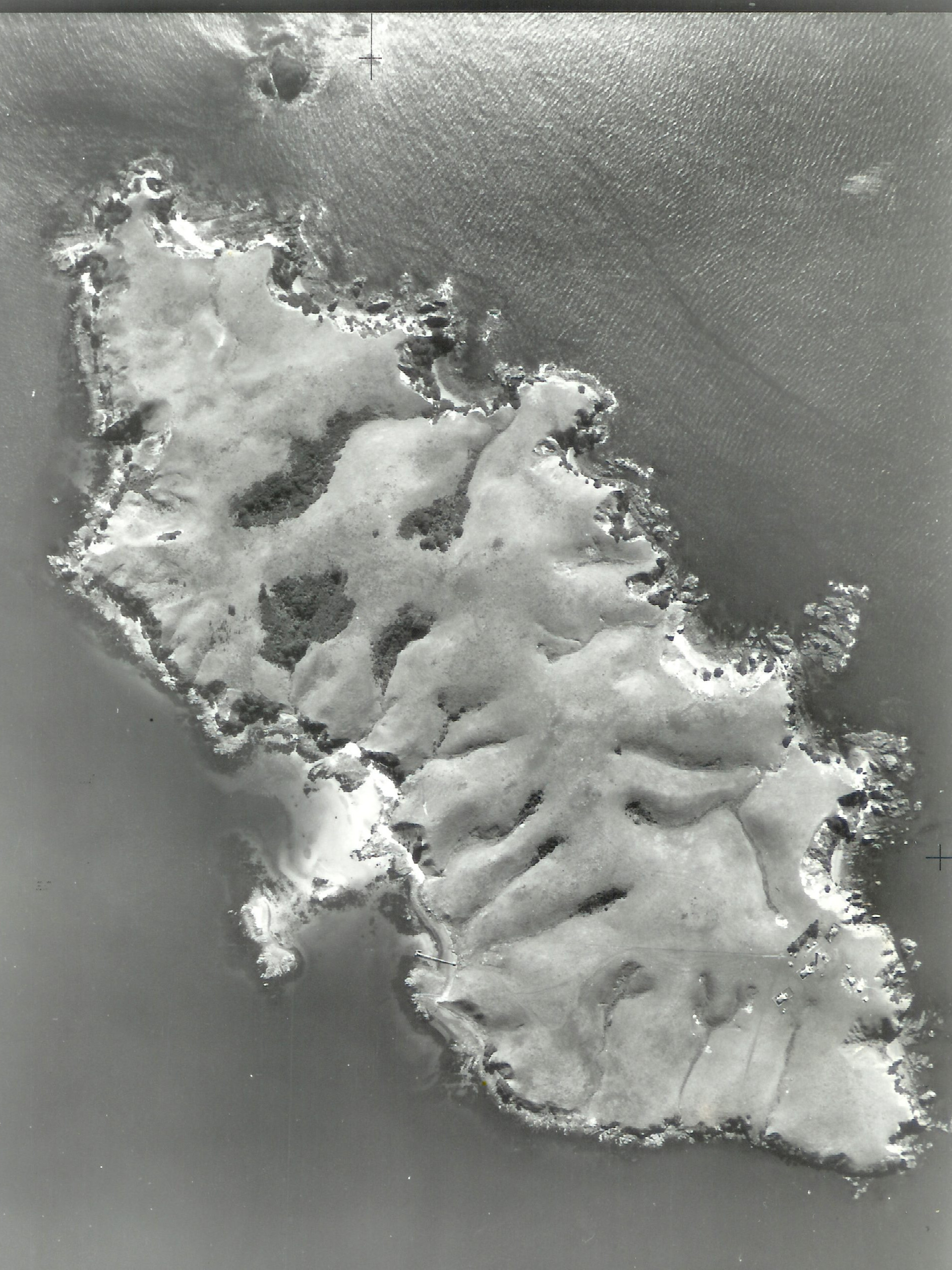
From the Dawn Chorus Archives: Rat tracks at Hobbs Beach spark huge effort to catch invader
Rat tracks at Hobbs Beach spark huge effort to catch invaderFrom the Dawn Chorus ArchivesEditor: Jim EaglesDate: Dawn Chorus 112 February 2018Photo credit: DOC and Karen O'SheaTwo huge rodent hunts have been carried out on Tiritiri over the past three months (end of 2017 and start of 2018) to preserve the rodent-free status the Island has enjoyed since 1993. Late last year a visitor reported seeing a mouse and sparked off a search which found nothing. Then early this year the discovery of rat tracks near Hobbs Beach led to an even bigger operation. The rodent saga began on 9 November when a visitor from the US told shop volunteer Chris Eagles he had seen a mouse on Ridge Rd and later repeated the story to relief ranger Dave Jenkins. It was sufficiently convincing for the Department of Conservation to send a rodent dog to check and it smelled something interesting in the area of the sighting. As a result, DOC set up a detection zone in a 200m radius around the site and blanketed it with devices 25m apart. These included 300 mouse traps, 500 tracking tunnels with ink pads to record the footprints of anything walking through them and 200 chew cards to record teeth marks. In addition, the permanent rodent control network, which has hundreds of traps and tunnels set up at 50m intervals around most of the tracks on the Island, was checked more regularly. Two…
If only we could re-live those days
If only we could re-live those daysAuthor: Mrs Dora Walthew (nee King)From the Supporters of Tiritiri Matangi archives. We think it was written in the 1980sIt was the year 1934 and the island sat like a bright green jewel, in the blue waters of the Hauraki Gulf – approximately 16 miles from the port of Auckland, which nestles beyond the massive bulk of Rangitoto, guardian of the harbour entrance. The island was fringed with the bright red blooms of the pohutukawa trees, growing from the cliffs edges and along the rock foreshore. On the highest point of the island, stood the lighthouse. A 60 foot construction of steel sections, bolted together with a strong beaming light which flashed warnings to the shipping, entering either of the two passages to Auckland. Two keepers’ homes were built on the flatter sides of the hill and another house of superior construction was built further over, close to the cliff edge. (Where the bach is today). This was the home of the head keeper. Large concrete tanks were constructed alongside each home, for the island dwellers depended on every drop of rain that fell for their water supply. With various sized implement and storage sheds and a stable to keep chaff and oats for the station horse, there was quiet a community of housing. A large red gate connected to a seven wire fenceline, running the width of the…
